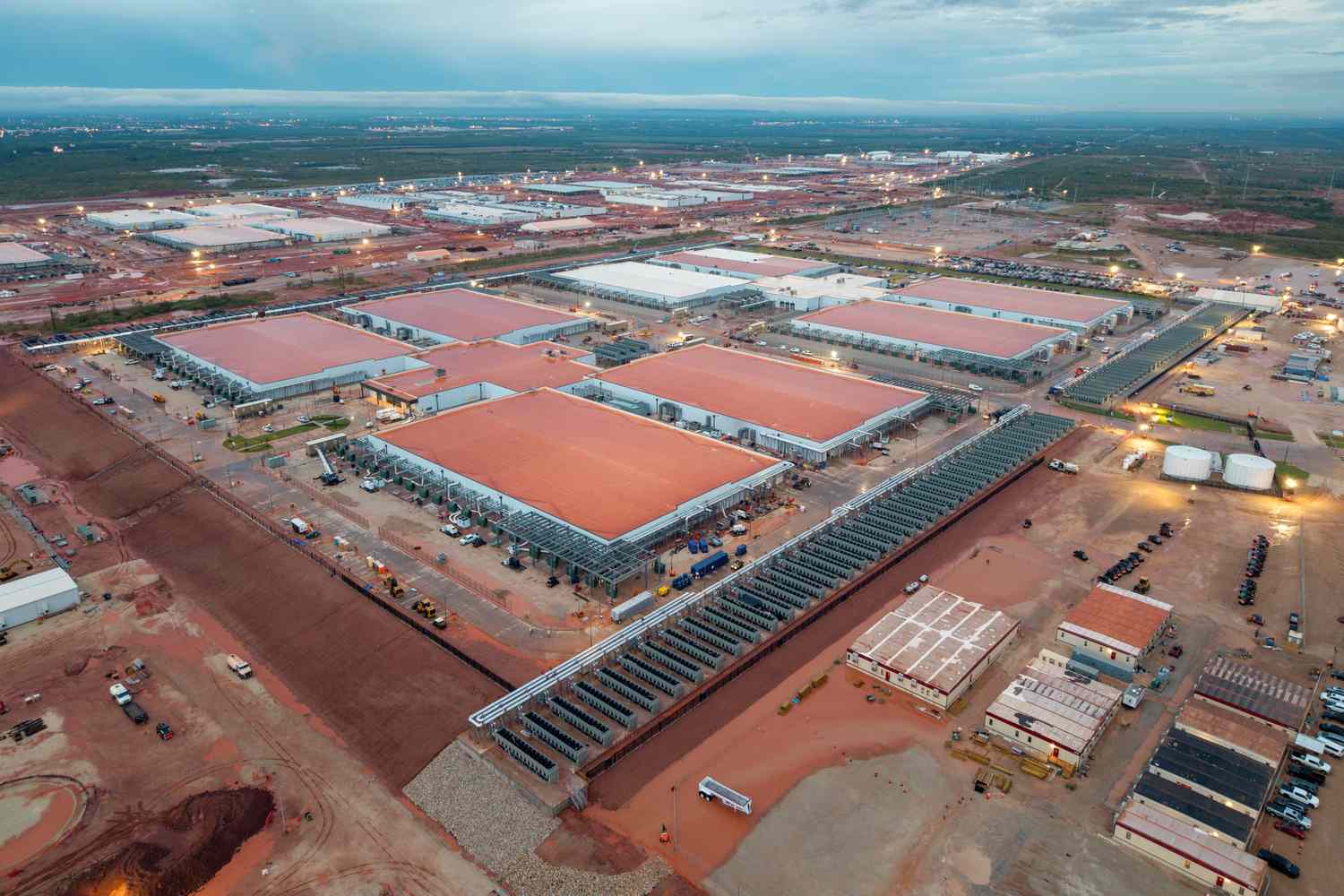Key Takeaways
Citigroup analysts on Tuesday forecast hyperscalers would spend even more on AI infrastructure next year than previously expected. The AI data center buildout is increasingly being financed by debt rather than cash flows, an evolution that exposes the AI boom to new vulnerabilities like default and interest rate risk. Other financing methods, like the investment agreement announced by OpenAI and Nvidia last week, have worried some onlookers fearful of an AI bubble.
After a series of big cloud computing deals this month, Citigroup analysts now expect AI spending to exceed their already eye-watering forecast.
Citi analysts on Tuesday estimated that hyperscalers—including Microsoft (MSFT), Alphabet (GOOG), Amazon (AMZN), Oracle (ORCL), and CoreWeave (CWV)—will spend $490 billion on infrastructure and other capital goods next year, up from a prior estimate of $420 billion. Citi’s forecasts are slightly above the Wall Street consensus.
Why This Matters To You
The AI infrastructure boom has been a major force behind U.S. stock market gains and economic growth in recent years. If tech companies rely on debt to fund their massive AI investments, they could expose the AI buildout—and the broader economy—to greater risk.
The analysts pointed to an onslaught of announced partnerships, investments, and products in recent weeks as evidence of strong AI demand. They said their recent conversations with CIOs and CTOs at a range of companies “reflect a similar increase in urgency around adoption at the enterprise level.”
Citi expects AI infrastructure providers like Nvidia (NVDA) to benefit from higher spending. As such, the firm’s analysts raised their price target on Nvidia shares to $210 from $200 on Tuesday.
Debt, Not Cash Flows, May Fund Future Spending
The hyperscalers are among the world’s largest, most profitable companies, a fact that has enabled them to increase their infrastructure spending exponentially over the past few years. But not even hugely profitable tech giants can undertake this level of investment on their own.
“It is notable that we have gone from the cash flow funded stage of this investment cycle to the debt funded stage, with the incremental risks that come with it,” Citi’s analysts wrote.
Oracle last week sold $18 billion of bonds in the second-largest U.S. debt deal this year, according to a Bloomberg report. Oracle, which has spent more than it’s made in each of the last two quarters, is expected to use the debt to increase its cloud capacity so it can deliver on a five-year, $300 billion deal with OpenAI. Adding that much capacity will be expensive. Citi sees Oracle’s capital expenditures ballooning to $58 billion in fiscal year 2027, nearly three times what it spent in the fiscal year that ended in May.
OpenAI, another company that will need to spend a lot to support its ambitions, took a different approach to raising money. Last week, the company struck a deal with Nvidia to deploy 10 GW of Nvidia systems over the next five years in exchange for an incremental $100 billion equity investment. OpenAI is reportedly discussing leasing—not buying—the chips from Nvidia, a novel arrangement that could cut its hardware costs by 10 to 15%, according to The Information.
The deal raised eyebrows on Wall Street, where some analysts and investors expressed concern about the “circularity” and concentration of the AI ecosystem. Some skeptics likened it to a bailout, with Nvidia stepping in as an investor of last resort to support a cash-starved OpenAI. It has also inspired comparisons to the Dotcom Bubble, when telecom equipment providers lent to and invested in their own customers, fueling speculative fervor.
But analysts see important differences between the 1990s and today. “The critical distinction, in our view, is the ‘off-ramp’ created by growing external demand for AI services driven by enterprise adoption,” write Citi analysts.
Companies like OpenAI and Meta (META), they say, are rolling out AI-driven applications and services with clear monetization prospects. And the rate of AI’s technological progress, they argue, is quickly expanding the scope of potential applications.

